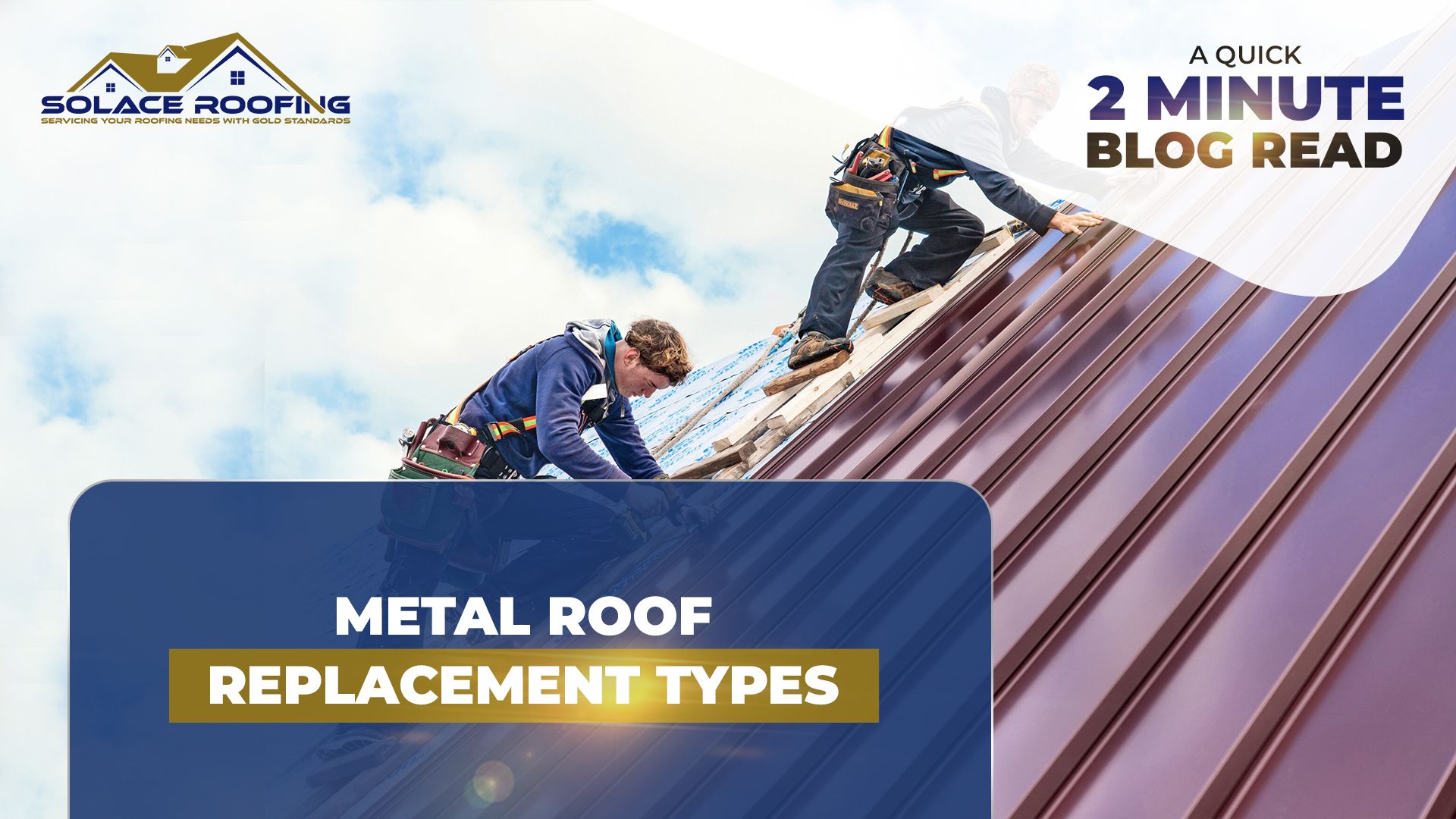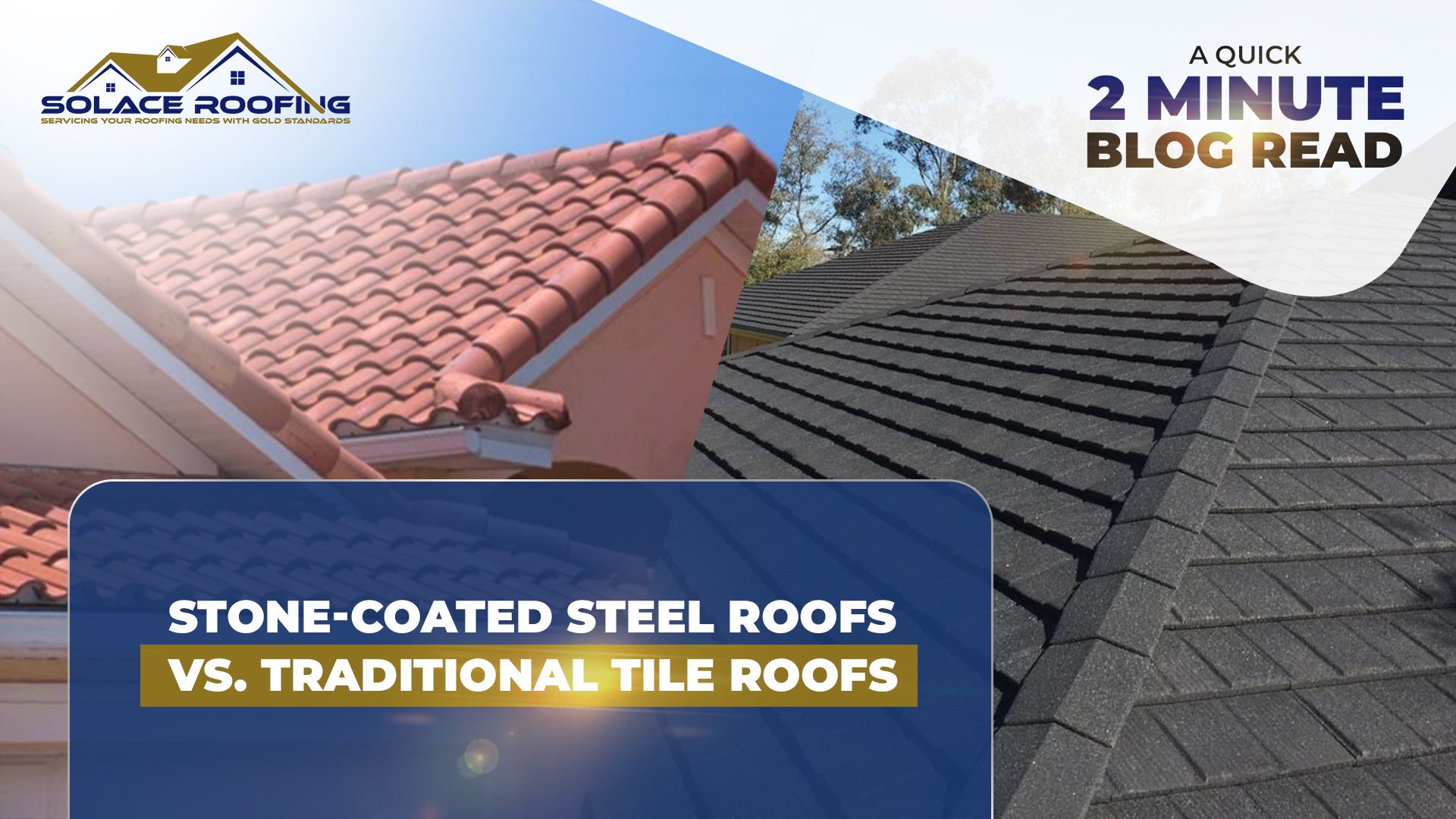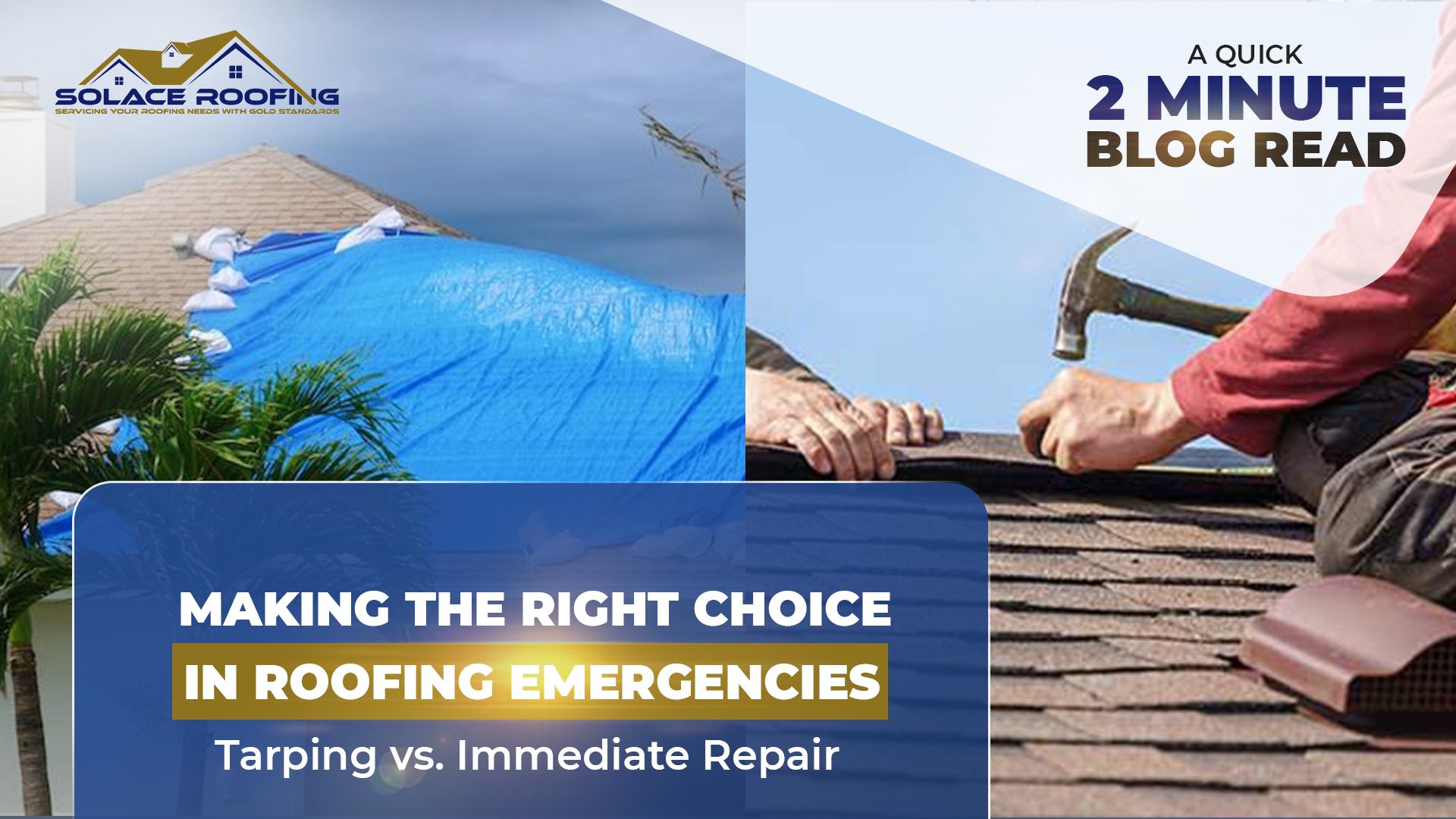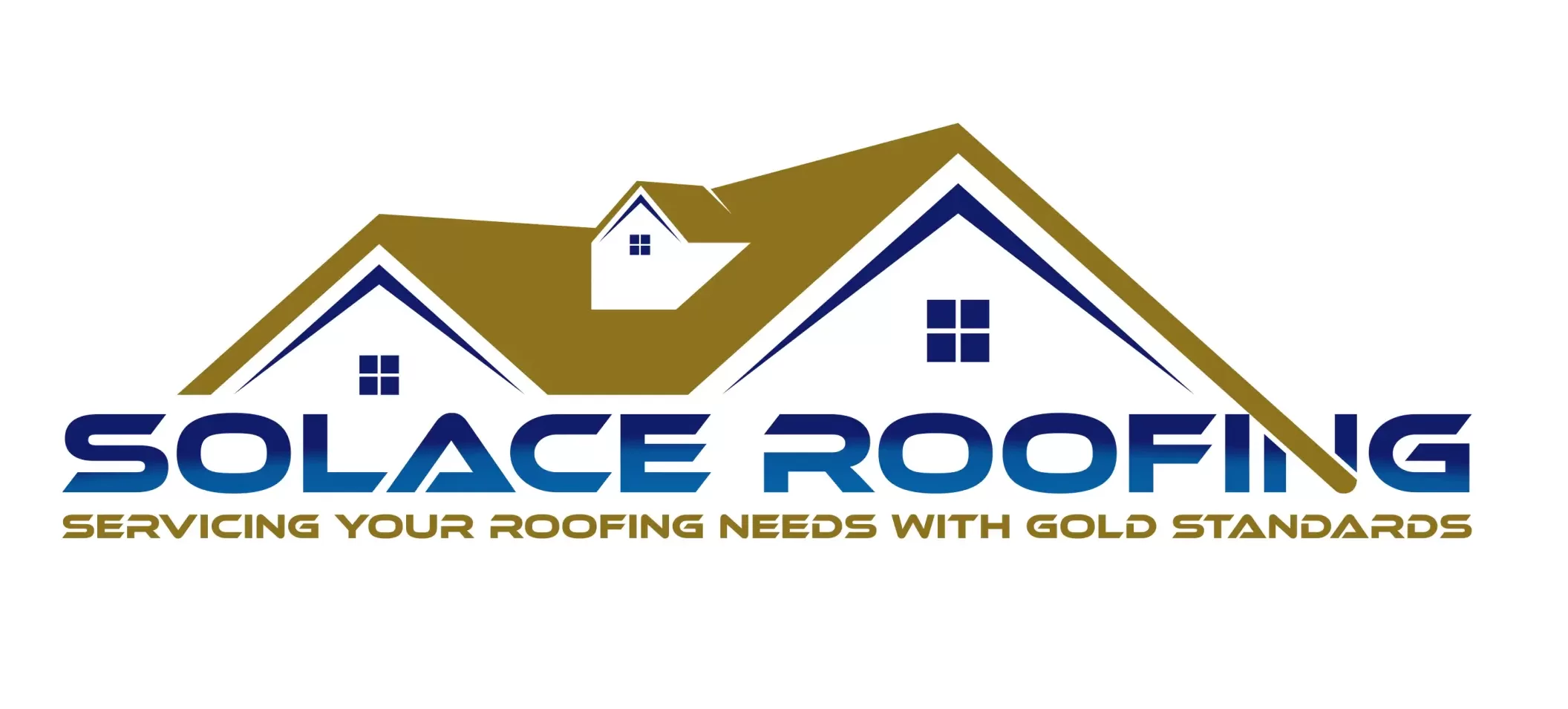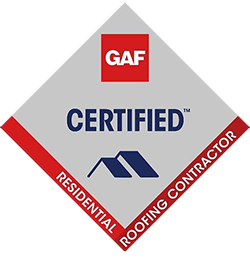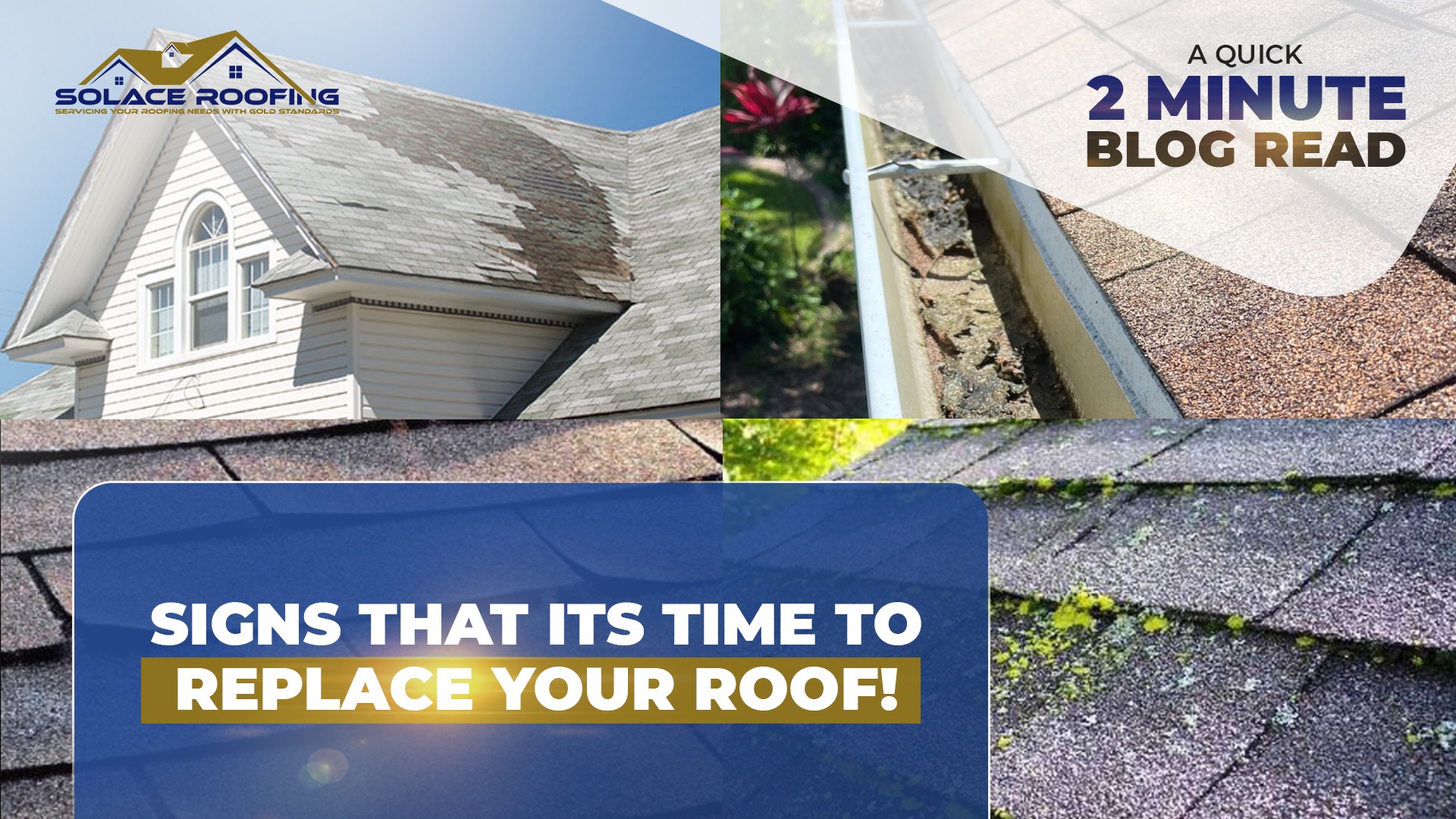
Your roof plays a critical role in protecting your home from the elements, but like any other component, it has a limited lifespan. Over time, the wear and tear caused by weather conditions can take a toll on your roof’s integrity. Recognizing the signs that it’s time to replace your roof can save you from costly repairs and potential damage to your property. In this article, we’ll discuss some key indicators that signal the need for a roof replacement.
- Age of the Roof: The age of your roof is a major factor in determining whether it’s time for a replacement. Most asphalt shingle roofs have a lifespan of about 20 to 25 years. If your roof is approaching or has surpassed this age range, it’s wise to start considering a replacement, even if there are no apparent issues.
- Curling or Buckling Shingles: Inspect your roof for shingles that are curling, buckling, or have lost their granules. These are clear signs of weathering and indicate that your shingles are no longer providing effective protection. Shingles that appear warped or are visibly damaged should be replaced promptly.
- Leaks and Water Damage: Water stains on your ceilings or walls are telltale signs of a leaking roof. If you notice water inside your home, it’s a sign that your roof’s waterproofing barrier is compromised. Addressing leaks promptly can prevent further damage to your home’s interior and structure.
- Moss and Algae Growth: The growth of moss, algae, or mold on your roof can lead to decay and deterioration of shingles. These organisms trap moisture and accelerate the breakdown of roofing materials. If you notice significant growth, it might be time to replace your roof.
- Visible Sunlight in the Attic: If you can see sunlight peeking through your attic’s roof boards, it’s a sign that your roof has openings that allow moisture and pests to enter. Proper insulation and a well-maintained roof should prevent this issue.
- Sagging Roof Deck: A visibly sagging roof deck is a serious sign of structural damage. It might be caused by accumulated moisture, compromised rafters, or other structural issues. Addressing a sagging roof promptly is crucial to avoid potential collapse.
Conclusion
Regular roof maintenance and timely inspections are essential to catch these signs before they escalate into major issues. If you notice any of these signs, consulting with a professional roofing contractor is recommended. Remember, replacing your roof might require an investment, but it’s a crucial step in maintaining the integrity and value of your home in the long run.

